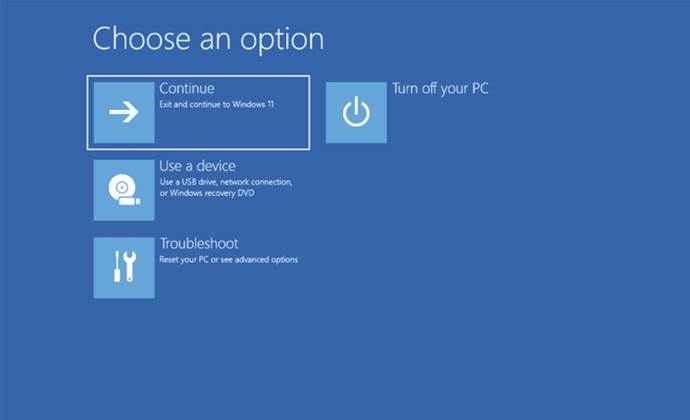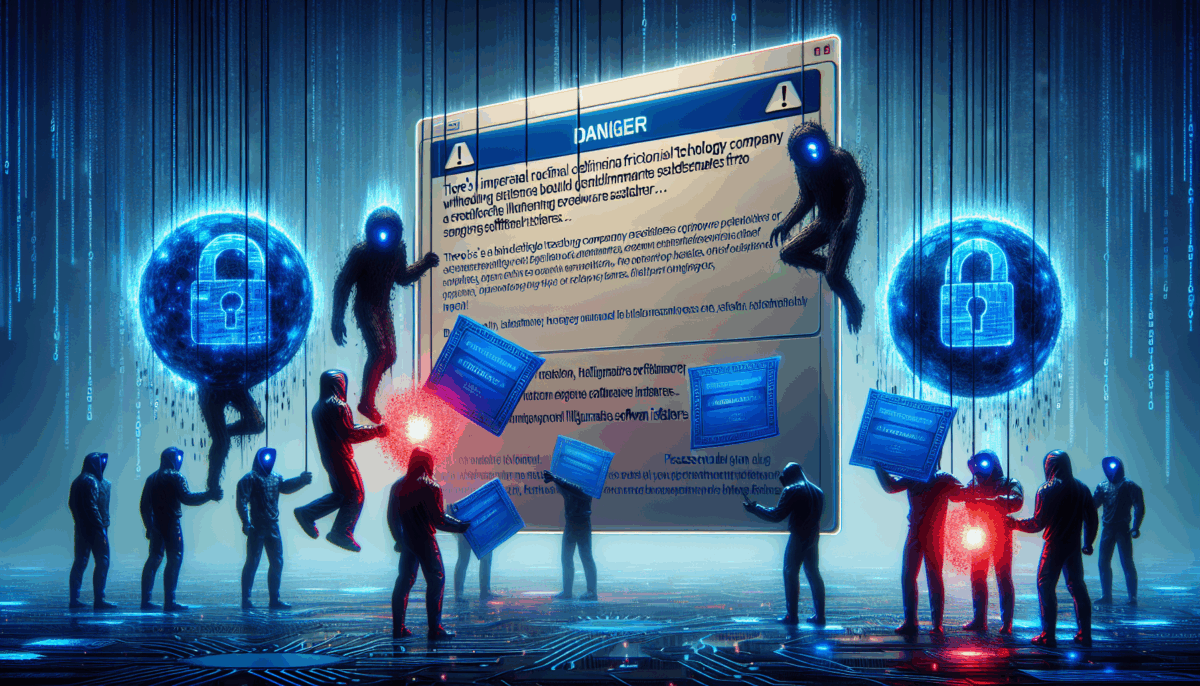Gozney Introduces Dome Gen 2 and XL, Enhancing Australian Backyard Pizza Adventure
We independently review everything we recommend. When you buy through our links, we may earn a commission which is paid directly to our Australia-based writers, editors, and support staff. Thank you for your support!
Quick Read
- Gozney has introduced Dome Gen 2 and Dome XL Gen 2 in Australia.
- Features notable enhancements in cooking space and technology.
- Includes a state-of-the-art digital console for accurate temperature management.
- Offers two sizes to meet diverse cooking requirements.
- Hybrid-fuel ovens capable of utilizing wood, charcoal, and gas.
- Constructed with commercial-quality insulation for resilience.
- Accompanied by a selection of accessories to boost functionality.
Gozney Dome Gen 2 and Dome XL: A New Chapter in Outdoor Cooking
Gozney, a pioneer in the realm of outdoor pizza ovens, has revealed its newest products, the Dome Gen 2 and the larger Dome XL Gen 2, now accessible in Australia. Renowned for delivering restaurant-quality pizza to domestic kitchens, Gozney’s latest models are set to elevate backyard culinary experiences.
Gozney Dome (Gen 2)
The Gozney Dome Gen 2 provides an impressive 40% boost in cooking area compared to the previous version, enabling home cooks to bake two 10-inch pizzas or one 16-inch pizza at the same time. This additional space is perfect for family gatherings or intimate parties.
Gozney Dome XL (Gen 2)
The Dome XL Gen 2 is tailored for dedicated entertainers, featuring a remarkable 90% expansion in cooking area compared to the original Dome. With space for three 10-inch pizzas or an 18-inch pizza, it is capable of preparing entire meals, including steaks and veggies, all at once.
Features
Intelligent Cooking with Complete Control
The innovative digital console is a highlighted feature, supplying real-time temperature readings and regulation of the oven’s ambient air and stone floor. It includes a timer and connections for two meat probes, guaranteeing precise cooking.
Rolling Lateral Flame
Gozney’s signature lateral flame technology guarantees uniform heat distribution, ideal for achieving the perfect pizza crust.
One Oven, Three Fuels
The Dome series embraces hybrid-fuel cooking, giving users the option to choose among wood, charcoal, and gas. This versatility allows for a variety of culinary techniques with ease.
Constructed for Longevity
Featuring commercial-grade insulation and a serviceable component design, the Dome Gen 2 series is built for durability and flexibility, presenting a worthwhile investment for cooking aficionados.
Accessories and Setup
A diverse range of accessories complements the Gen 2 series, including the Dome Stand, Dome Mantel, Neapolitan Arch, and multiple peels and cutters, enhancing the overall cooking experience.
Price and Availability
The Gozney Dome Gen 2 is priced at A$2,999, while the Dome XL Gen 2 is listed at A$3,999. Both models can be ordered through the Gozney Australian website and select retailers.
Summary
Gozney’s Dome Gen 2 and Dome XL Gen 2 revolutionize the outdoor cooking scene in Australia with their advanced features, increased cooking capability, and adaptable fuel options. Ideal for both amateur and professional chefs, these ovens are designed for outstanding performance and longevity.
















